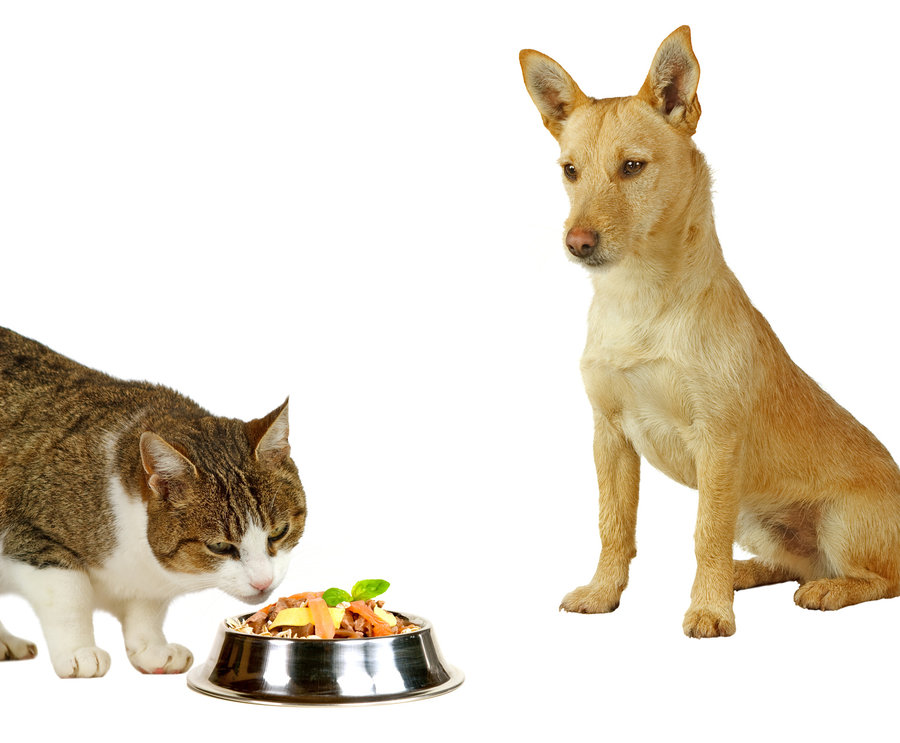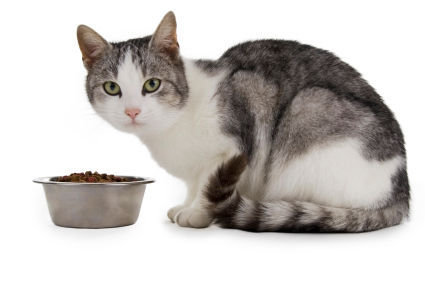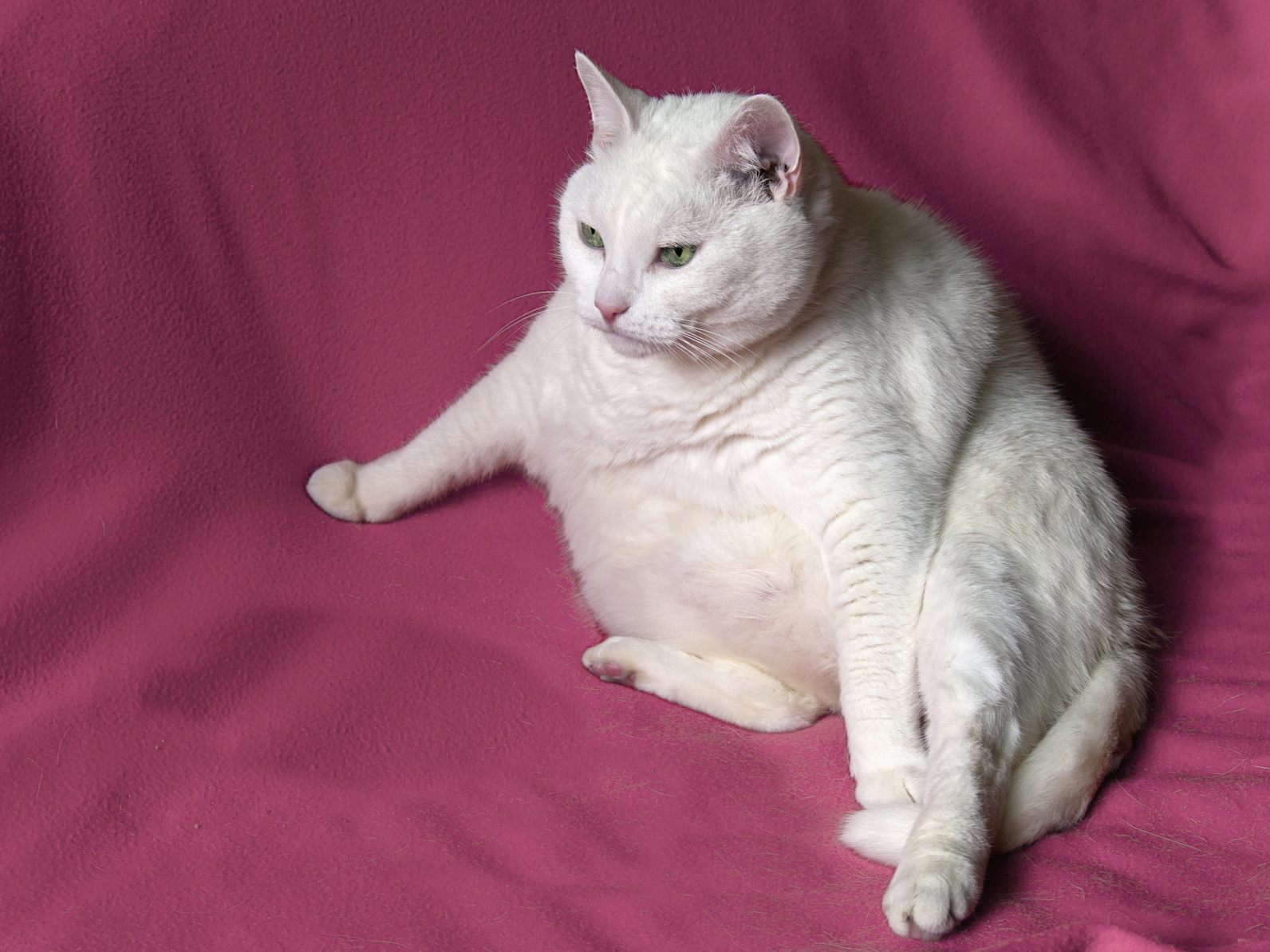Are you a cat owner seeking the best ways to store your furry friend's dry cat food? Get ready to uncover the secrets to keeping kibble fresh and nutritious!
Proper dry cat food storage is essential to maintain its quality and taste. In this article, we'll delve into the world of kibble storage, exploring methods that ensure your cat enjoys delicious, healthy meals every day!
From understanding the importance of temperature and humidity to creating the ideal environment for long-lasting kibble, you are about to become a pro at preserving your cat's favorite dry food!
The Importance of Proper Storage
Proper storage of dry cat food is essential for maintaining its nutritional value and keeping your furry friend healthy and happy. ]When stored incorrectly, the quality of the kibble can deteriorate, leading to a loss of essential nutrients and an increased risk of bacterial growth.
By storing your cat's kibble in a dark, dry, cool place, you not only preserve its freshness but also protect it from harmful temperature fluctuations. These fluctuations can potentially destroy vitamins and allow harmful bacteria to grow.
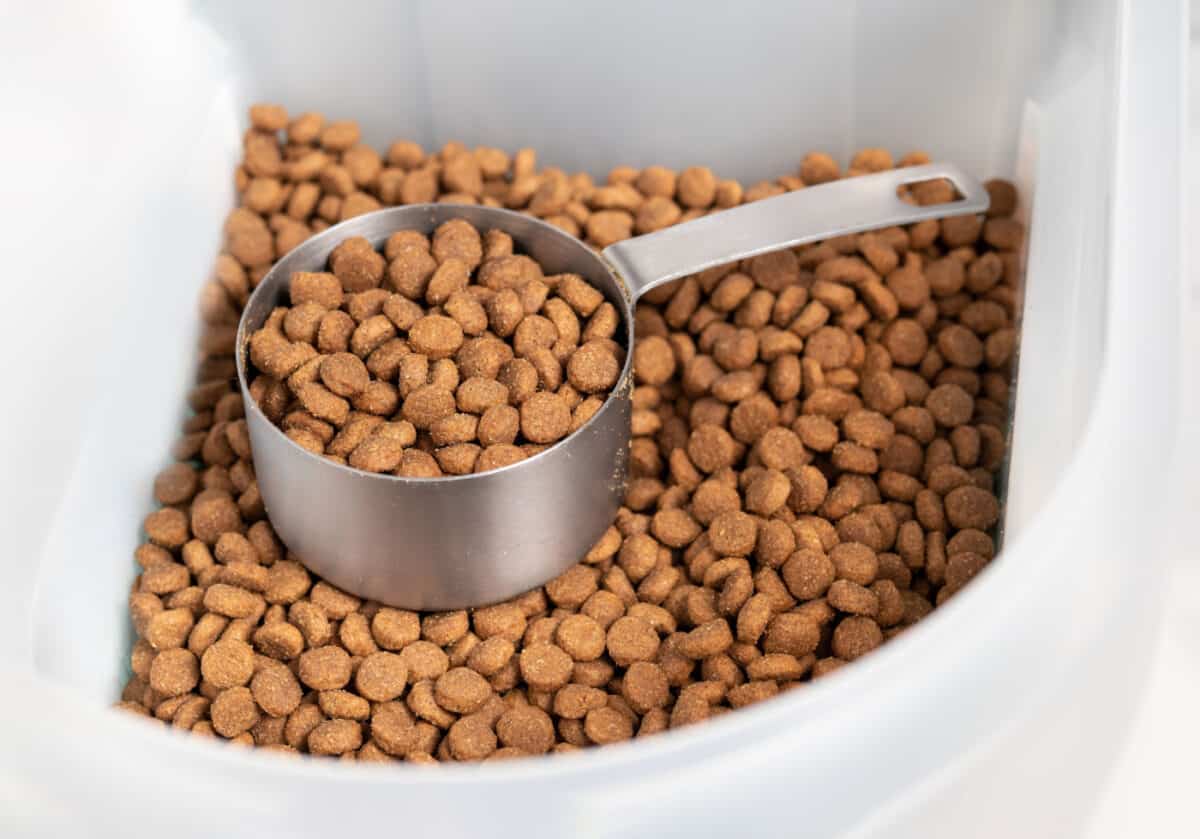
Protecting your cat's dry food from excess air exposure is also vital. Exposure to air can cause the kibble to become stale, lose its appetite appeal, and reduce its nutritional content.
Moreover, keeping the food tightly sealed helps in preventing pests like bugs and rodents from accessing the food.
It's also essential to manage the food's expiration date. Place the food with the earliest expiration date at the front of your pantry. This not only ensures that you're feeding your cat the freshest food possible but also reduces the risk of giving them spoiled or expired kibble.
Choosing the Right Container
Selecting the right container is crucial for maintaining freshness and preventing spoilage. In this section, let's take a look at the factors you need to consider when choosing the perfect container for your feline friend's kibble.
Airtight Containers
An airtight container is essential for keeping your cat's kibble fresh and preventing exposure to moisture or pests. Look for a container that has an airtight gasket seal that helps keep kibble fresh and keeps insects out.
Food-Grade Materials
It's important to select a container made of food-grade, BPA-free plastic or metal, ensuring that your cat's dry food remains safe and uncontaminated.
Using food-grade materials can also prolong the shelf life and preserve the nutrients in your kitty's kibble.
Size Considerations
You want a container that will easily fit the amount of dry food you have without taking up too much space in your pantry or freezer.
Now that you know the factors to consider when selecting the right container for your cat's dry food, go ahead and make the best choice for your feline friend's needs!
With a proper container in place, you'll be well on your way to maintaining the freshness and quality of your kitty's kibble.
Optimal Storage Conditions
Properly storing your cat's dry food (kibble) is essential to maintain its freshness, nutritional value, and taste.
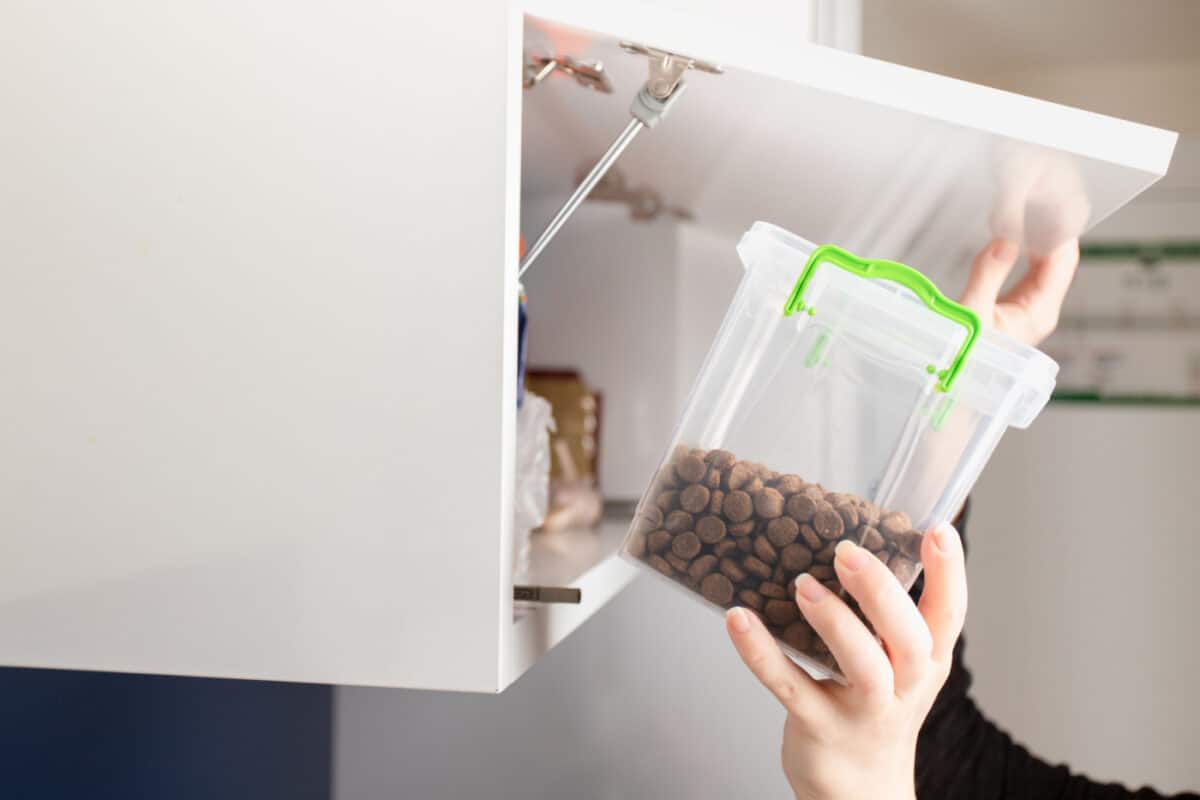
In this section, we will discuss the optimal storage conditions, focusing on temperature and humidity, light exposure, and location tips.
Temperature and Humidity
Keeping your cat's dry food in a cool and dry place is crucial. The ideal temperature for storage should be below 80°F (27°C).
Excess heat or moisture may lead to nutrient breakdown and spoil the food (FDA). Make sure the storage area isn't prone to high humidity or sudden temperature changes.
Light Exposure
It is important to store your cat's kibble in a dark place, as exposure to light can also cause the food to deteriorate. Light can lead to the degradation of vitamins in the food and even promote the growth of bacteria Find a storage location that's away from direct sunlight or bright indoor lights.
Location Tips
- Pantry Storage: Store the kibble in your pantry or a similar interior space in your home. Pantries usually maintain consistent and cool temperatures, making them perfect for storing dry cat food (Great Pet Care).
- Freezer Storage: If possible, consider storing the opened kibble bag in the freezer to preserve its nutrients and maintain its crunchiness. This option is especially useful for those who buy kibble in bulk and want to keep it fresh longer.
- Avoid Damp and Open Spaces: Don't store your cat food on the porch, in the garage, or in the trunk of your car. These locations are prone to temperature fluctuations and humidity, which can negatively affect the food's quality.
Following these storage tips will help you ensure that your cat's kibble stays fresh, nutritious, and delicious for them to enjoy.
SIGN UP FOR THECATSITE'S EMAIL UPDATES >
Preserving Kibble Freshness
Maintaining the freshness of your cat's dry food (kibble) is essential for keeping them healthy and happy. In this section, we will discuss ways to preserve the freshness of dry cat food, including resealing bags, rotation, and expiration.
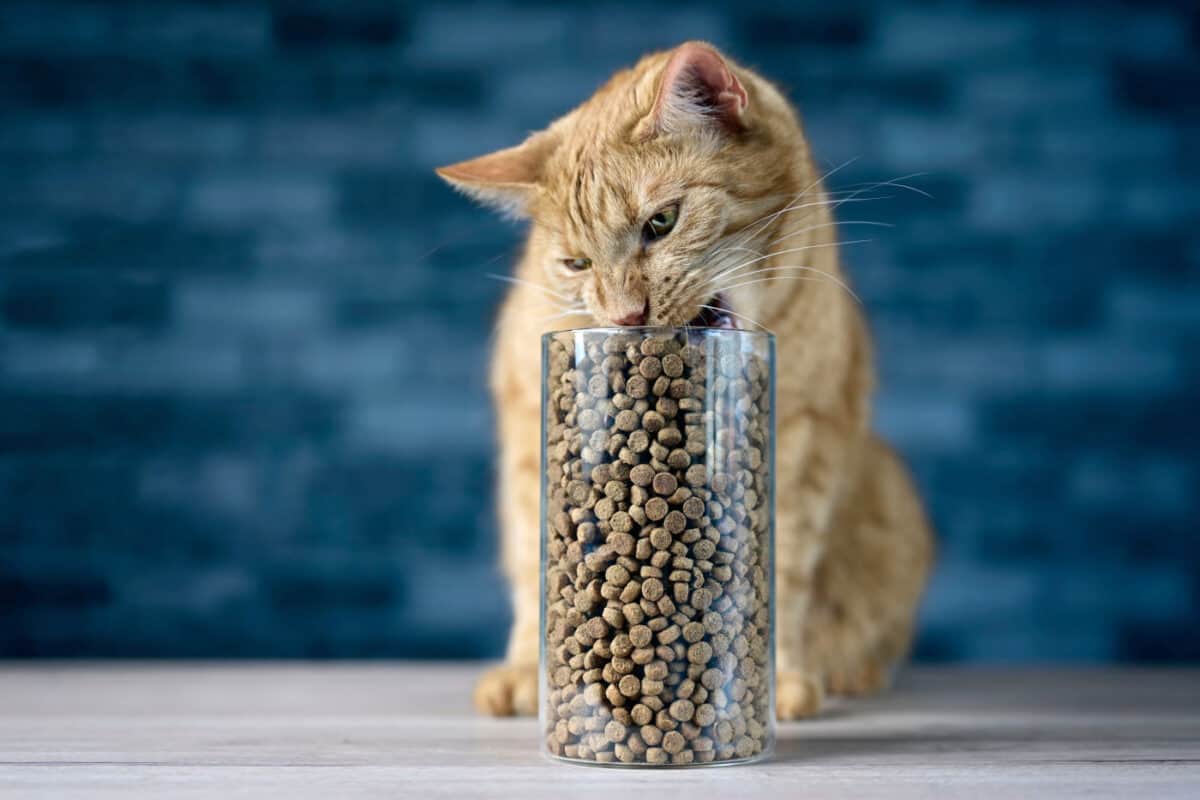
Resealing Bags
Resealing the food bag after each use helps prevent air and moisture from entering the bag, which can cause the food to spoil faster. You might consider using a clip or an airtight container to store the kibble after opening.
Rotation and Expiration
Another essential aspect of preserving your cat's food freshness is managing the expiration dates. Always keep the food with the earliest expiration date at the front of your pantry, ensuring your cat consumes the food before it expires.
Furthermore, it's essential to monitor the temperature and humidity where the food is stored.
The FDA recommends storing cat food at a temperature of fewer than 80 degrees Fahrenheit in a dry place. This helps prevent the breakdown of nutrients and the growth of bacteria.
Lastly, try to consume the dry food within six weeks of opening the bag. This ensures that the food stays fresh and retains the maximum amount of nutrients for your cat. So, choose the bag sizes based on your cat's consumption habits.
How Long Can You Store Dry Cat Food For
Storing dry cat food properly is essential to maintain its freshness and nutritional value. But how long can you actually store it for?
Let's find out!
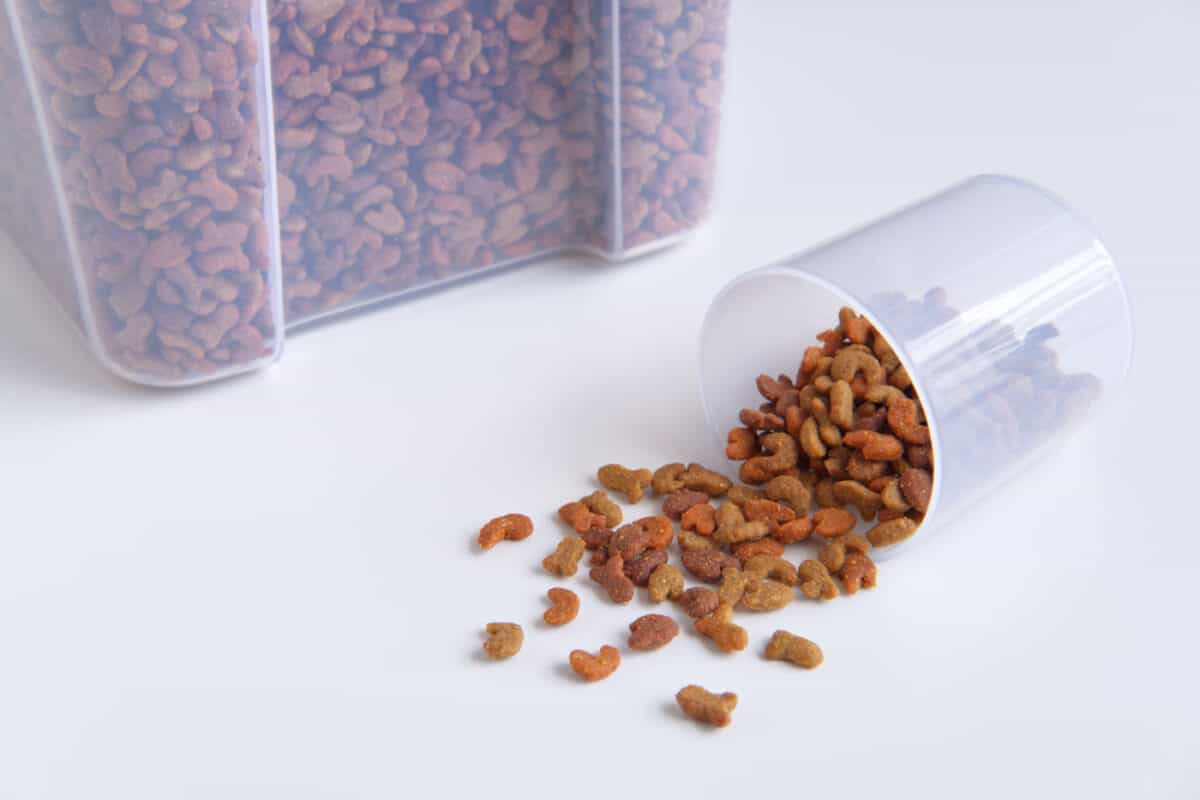
Unopened dry cat food can typically last for several months up to a year, depending on the expiration date printed on the package. Make sure to check the date and keep the food with the earliest expiration date at the front of your pantry.
When you open the bag or container, the clock starts ticking. Generally, opened dry cat food should be consumed within four to six weeks. However, proper storage can play a critical role in extending its lifespan:
- Store it in a cool, dry place with temperatures less than 80°F (FDA).
- Keep the food in an airtight container to maintain freshness and prevent bacterial growth.
- Wash and dry any measuring scoops at least a few times a week.
If you have extra dry cat food, you'd like to store long-term, a chest freezer can prolong its life for up to six months. Don't forget to wrap the original packaging in another layer of plastic or paper and bring it up to room temperature before feeding.
Remember, following proper storage guidelines safeguards the quality and safety of your cat's food, ensuring a happy and healthy feline companion!
When Dry Cat Food Goes Bad: How To Tell
Keeping an eye out for signs of spoilage in your cat's dry food is essential to ensure their health and wellbeing.
Here are a few indicators that your cat's kibble might have gone bad:
- Off smell: A stale, sour, or rancid odor can signal that the kibble is not fresh. Trust your nose and if it doesn't smell right, it's probably time to toss it out.
- Texture changes: Pay attention to the texture of the kibble. If it has gotten hard, unusually soft, or moist, these are signs that the food may be spoiled.
- Mold: Mold growth on kibble is a clear indicator that it should not be consumed. If you see any mold, dispose of the food immediately and check the storage conditions to prevent future spoilage.
- Insect infestation: Insects such as pantry moths and beetles can invade stored cat food. If you notice any bugs in the food, discard it right away FDA.
Keeping an eye on these signs of spoilage will help you identify and discard any kibble that may have gone bad.
Monitoring the quality of your cat's food consistently will ensure that they enjoy a tasty, nutritious meal at all times!
Purrfectly Storing Your Cat's Dry Food: A Quick Recap
Properly storing your cat's dry food is crucial for maintaining its freshness and nutritional value. Follow these guidelines to ensure your feline friend enjoys a tasty and healthy meal:
- Store kibble in a cool, dry place with a temperature below 80°F.
- Consider using airtight containers to preserve the quality of the food and prevent exposure to air or moisture.
- Keep the earliest expiration dates at the front of your pantry for easy access.
- Opened bags of dry food should ideally be consumed within six weeks.
- Freezing kibble can preserve nutrients and add an enjoyable crunch for your cat.
Remember to monitor the quality of your cat's food consistently to ensure they enjoy a tasty, nutritious meal at all times. Thanks for reading, and happy feeding!
SIGN UP FOR THECATSITE'S EMAIL UPDATES
Note: We may get commissions for purchases made through links on this page.

